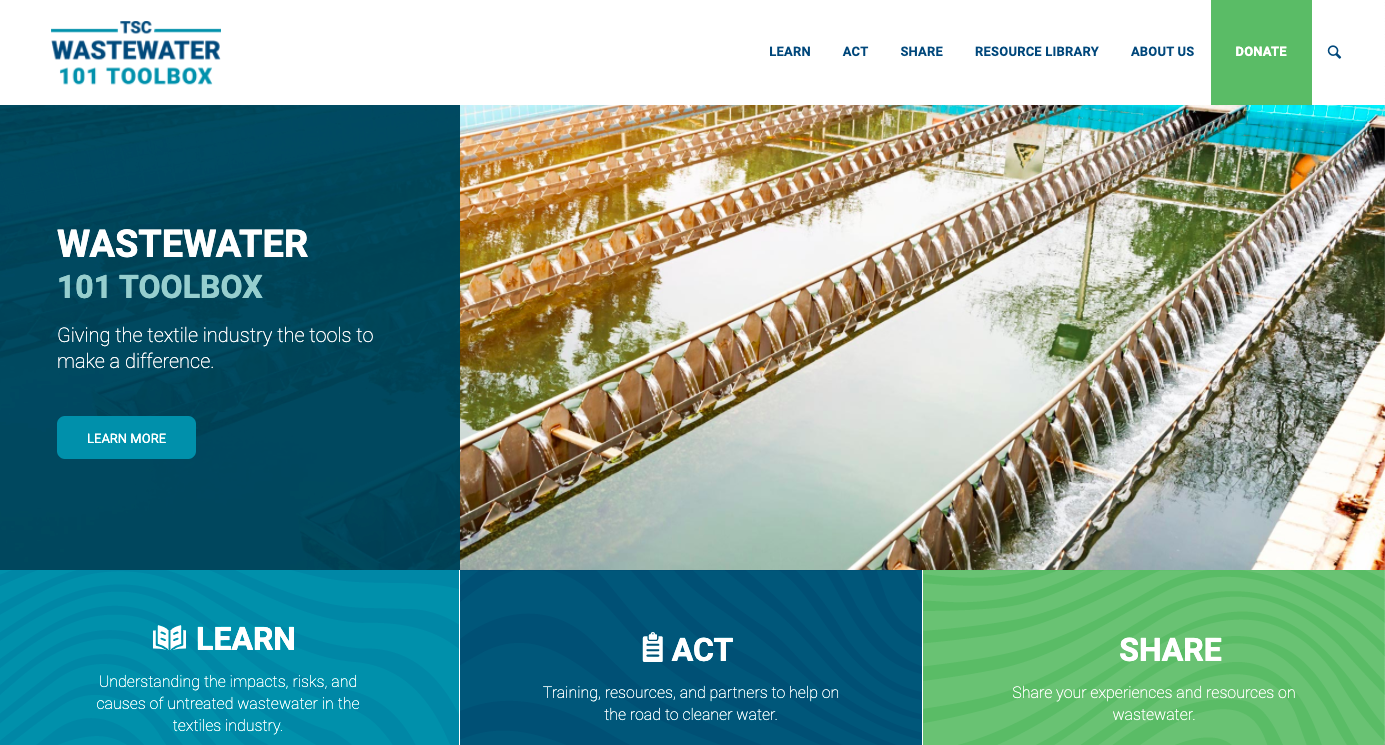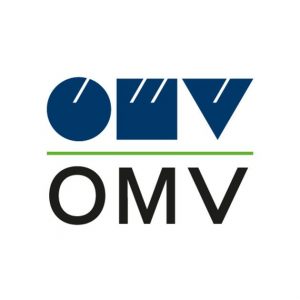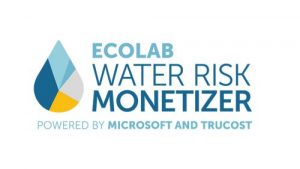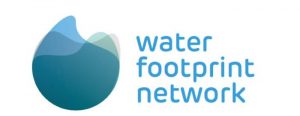Primary Functions
- Understand the impacts, risks, and causes of untreated wastewater in the textiles industry.
- Find training, resources, and partners to help on the road to cleaner water.
- Share your experiences and resources on wastewater.
Detailed Description
In 2017 it was brought to TSC’s attention that, while wastewater is a known hotspot in the textiles industry, many manufacturing facilities forego its treatment, creating an uphill battle for those in the industry who are trying to do the right thing. TSC partnered with North Carolina State University to research the issue and begin to understand why wastewater is not being treated.
A landmark study conducted by China Water Risk, completed in 2017, diagnosed three key barriers to wastewater treatment in Chinese textile clusters:
1) a need for more training,
2) more help with chemical and technology sourcing, and
3) more financial support.
These factors resonated throughout the academic and trade literature, which eventually became the Resource Library. Given the challenges and opportunities outlined above, The Sustainability Consortium’s Wastewater Challenge Task Force has created this Toolbox of resources to help manufacturers, brands, retailers, and other partners address barriers to treatment.
What is wastewater?
Wastewater is exactly what it sounds like: it is any water that has been affected by human use. In the textiles industry, it is the water used to produce yarns and fabrics, and often contains many chemicals and dyes. This water should be treated before it returns to the watershed, but that is frequently not the case.
What is the Wastewater 101 Toolbox?
The Wastewater 101 Toolbox is where textiles brands, retailers, manufacturers, designers, and even the public-at-large can access education, training, and resources related to facilitating and incentivizing the proper treatment of wastewater in the textiles industry.
Why isn’t wastewater treated?
There are many reasons wastewater may not be treated. One is that people simply don’t understand the problem. Another is that once they do understand, they do not have the knowledge and tools to address the problem. One big reason wastewater goes untreated is that manufacturers lack the support needed to do so. Treating wastewater is expensive, and with increasing pressure to lower costs, manufacturers must make tough decisions.






